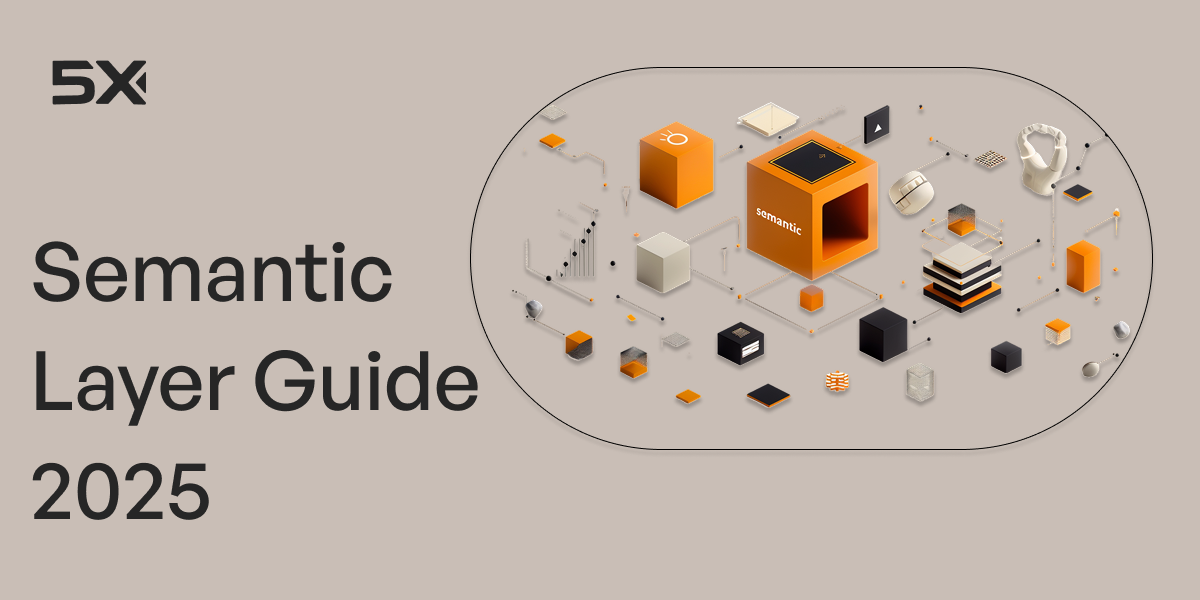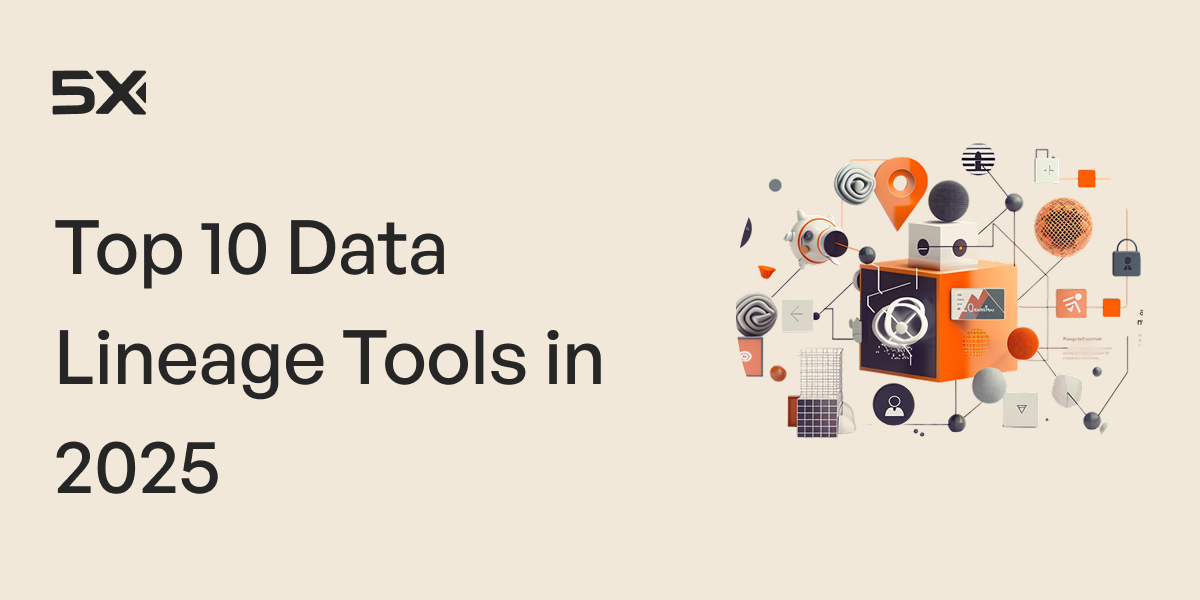How AI agents are transforming data analytics for enterprises
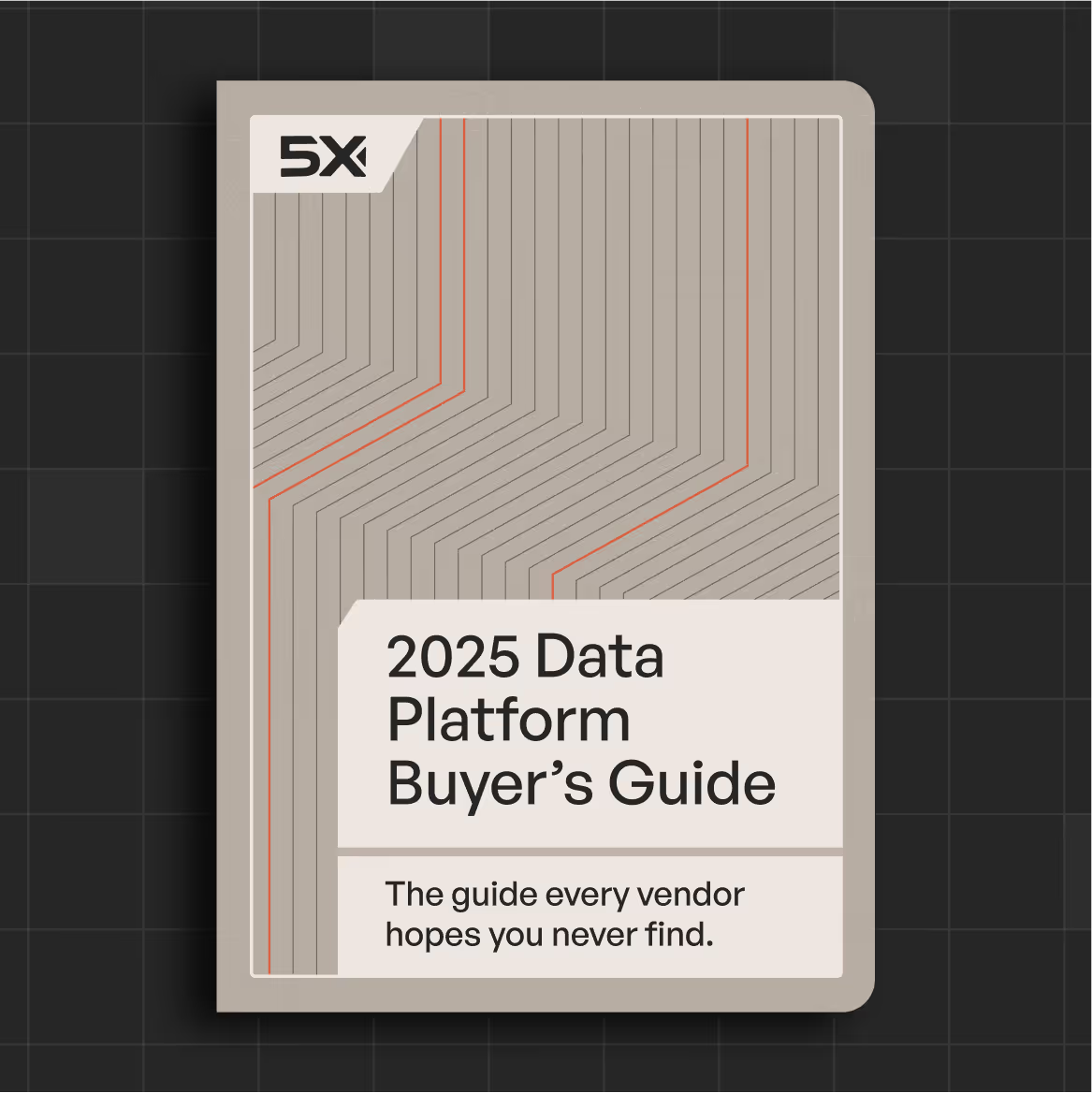
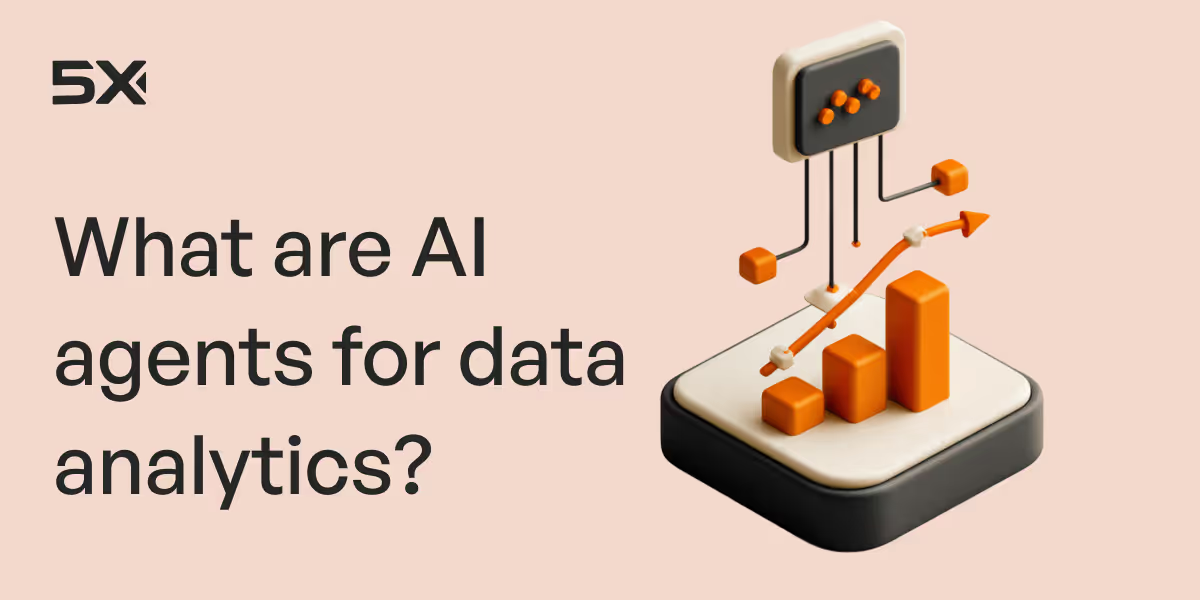
.avif)
Table of Contents
TL; DR
- AIagents for data analysis move you from reactive to proactive. They translate goals into multi-step plans (query, analyze, explain, act) and run continuously
- They don’t replace your data team; they remove grunt work. Analysts focus on strategy and validation while agents monitor metrics, diagnose drivers, and recommend next steps
- Agentic analytics ≠ traditional BI. Traditional BI is manual and backward-looking; AI-assisted speeds some tasks; agentic is autonomous, real time, and outcome-oriented
- Expect concrete benefits. Faster time to insight, 24/7 anomaly detection, shorter insight-to-action loops, ability to handle large/complex data, wider access for business users, and better analyst productivity
- Foundation first or the agents fail. Clean, governed, integrated data + security and lineage is non-negotiable
You’re scaling fast. Customers are coming in, investors are asking for metrics, and your team needs answers yesterday. As the CTO, you know you can’t afford a year-long data project, but you also can’t risk building on a shaky foundation
.
Traditional BI dashboards won’t cut it; they only tell you what happened after the fact, and only if someone had time to build the right query. By then, opportunities are lost, or problems have already cost you revenue.
This is where AI agents for data analysis change the game. Instead of waiting for analysts to piece things together, these agents act like tireless data teammates: continuously monitoring your metrics, spotting anomalies, digging into the “why,” and recommending fixes before you even log into your dashboards.
In this post, we’ll break down how AI agents work, why they matter for scaling companies, and how to balance the promise of speed with the safeguards your investors expect. By the end, you’ll see how a modern data foundation makes AI agents not just possible, but powerful, and why early-stage enterprises adopting them now are building an edge their competitors will struggle to catch up to.
What are AI agents in data analytics?
AI agents in analytics are software programs powered by AI/ML that can perceive their environment, make decisions, and take actions toward a goal autonomously
.
For example, if you tell an AI agent “explain the Q3 drop in customer retention,” it can independently break this down into sub-tasks: pull the retention data, slice it by regions or products, identify anomalies or trends, correlate with other factors (like support tickets or feature usage), and then deliver a narrative insight or recommendation, all in one continuous loop without constant human direction.
How agentic analytics differs from traditional BI
It’s useful to clarify how this new agentic analytics paradigm stands apart from the analytical approaches we’re used to:
The difference between traditional BI and agentic analytics is speed. BI tells you what happened last week. Agents can tell you what’s happening right now and what you should do about it.
— Servando Torres, Founder, ControlThrive
How retail leaders unlock hidden profits and 10% margins
Also read: Are AI Agents the Future of Business Intelligence? Benefits, Challenges, and Implementation
5 Types of AI agents in analytics
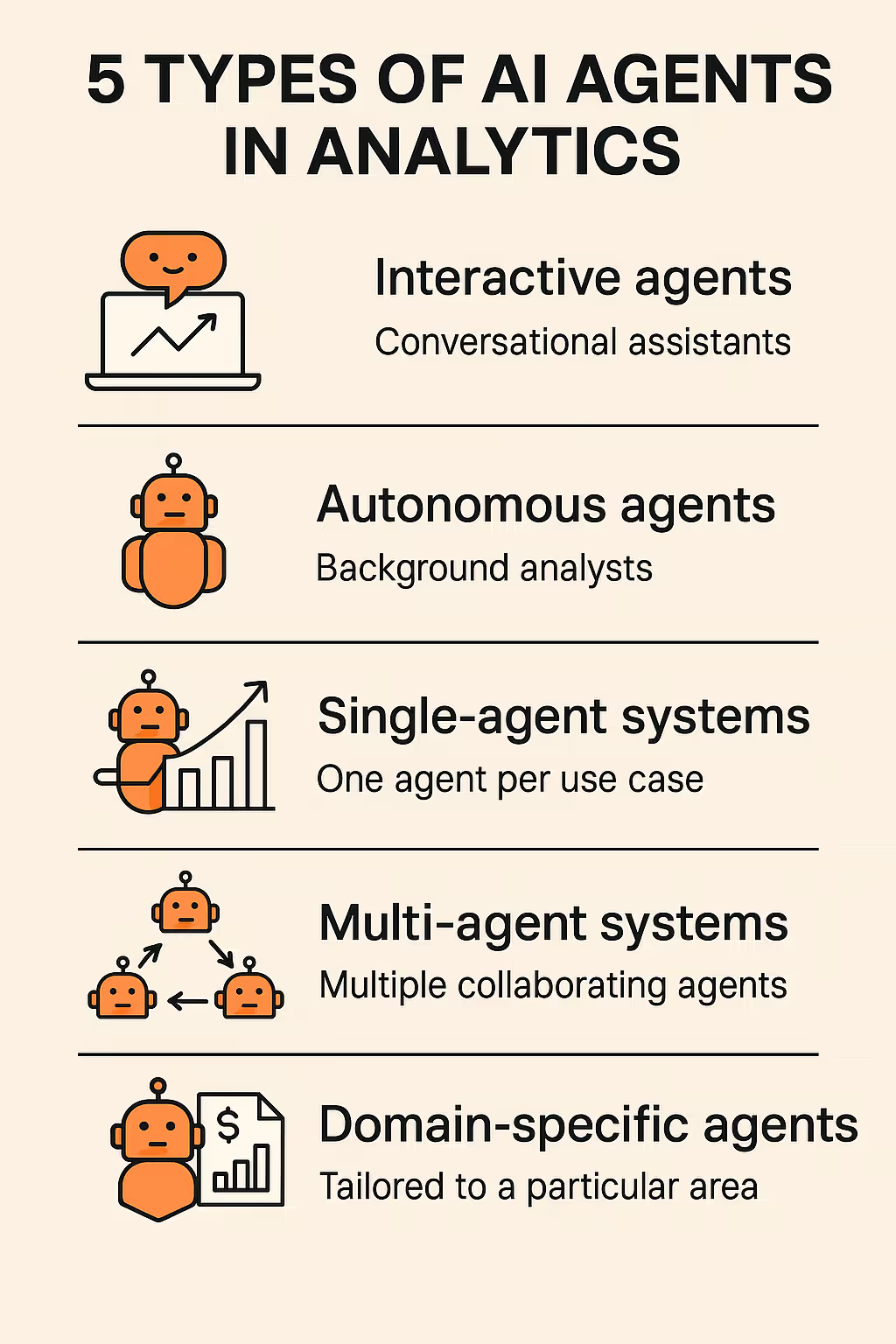
Not all AI agents are the same. It’s a broad concept, and agents can take different forms and roles in the analytics realm.
1. Interactive agents (conversational assistants)
These agents interface directly with users through natural language. They behave like intelligent chatbots on top of your data. You ask a question in plain English, and the agent answers with an analysis or visualization.
For example, you might type “Which region had the highest growth this quarter?” and the agent will query the data and show you a chart of growth by region. Interactive agents excel at conversational analytics, maintaining context over a back-and-forth dialogue. You could follow up with, “Now compare that to last quarter,” and they’d understand the context and respond accordingly.
Here’s who we use interactive agents at 5X:
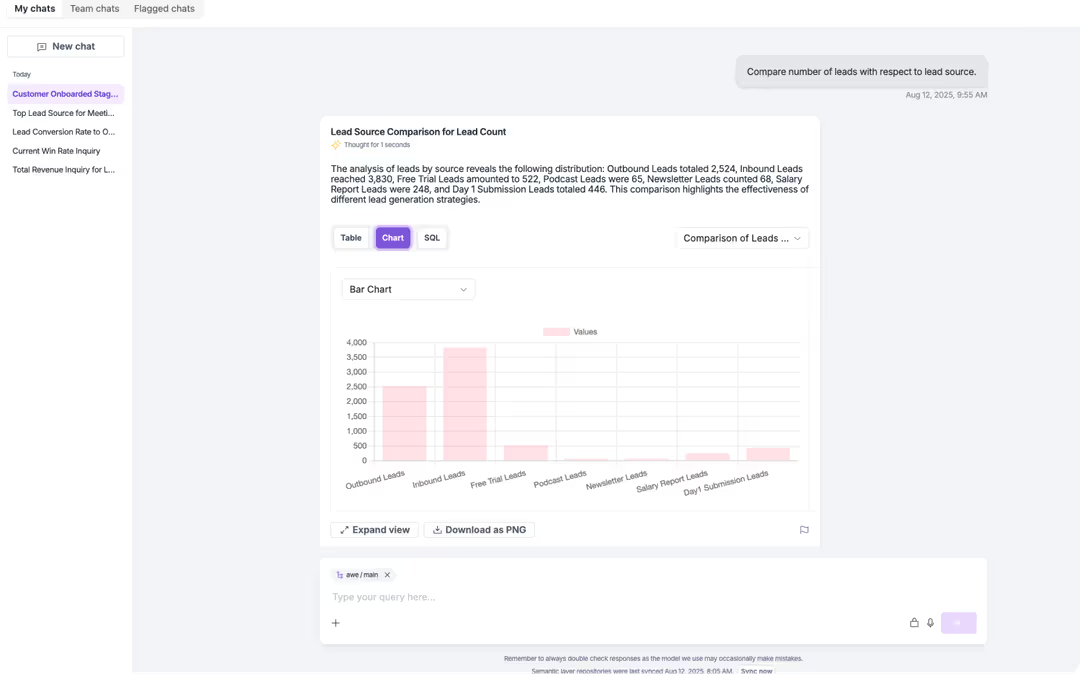
Also read: How we built secure, conversational BI (and why)
2. Autonomous agents (background analysts)
These agents run behind the scenes, without needing prompts from users. They continuously perform analytics tasks or respond to events on their own.
For instance, an autonomous agent might continuously monitor transactions for fraud patterns, or keep an eye on server metrics to predict outages. They only surface when there’s something requiring attention (like an anomaly detected or a threshold crossed).
In analytics, such agents provide 24/7 vigilance: catching issues or opportunities in real time.prompting.
3. Single-agent systems
This refers to deploying one self-contained AI agent to handle an entire workflow or use case from start to finish. Many initial implementations start this way: e.g., you build one agent dedicated to automating your monthly sales report. That single agent might pull the data, generate the charts and narrative, and email it to stakeholders.
Single-agent systems are simpler to design and govern, since you’re only managing one autonomous entity.
4. Multi-agent systems
Here, you have multiple AI agents working in concert, each possibly specializing in different tasks. For a complex analytics workflow, you might have one agent focused on data extraction, another on data cleaning, another on analysis, and another on interpreting results: all coordinating with each other.
Multi-agent systems can tackle large-scale, complex processes that no single agent could manage alone. It’s analogous to a team of analysts, each an expert in one area, collaborating on a project. For example, in a supply chain scenario: one agent monitors sensor data from shipments, another forecasts demand, a third optimizes delivery routes, and they share info among themselves to adjust plans.
5. Domain-specific agents
Another way to classify AI agents is by their design philosophy and use-case. Many agents are built to be domain-specific, meaning they’re tailored to a particular area or function. An AI agent designed for IT operations monitoring will be quite different from one built for marketing analytics.
Each can incorporate domain knowledge and tools relevant to its niche: for example, a finance analytics agent might “know” about accounting rules and have a library of finance-specific KPIs it tracks.
Also read: Building Agentic AI: Definition, Features, Benefits, and Frameworks You Can Use To Create AI Agents
8 Benefits of AI agents in analytics
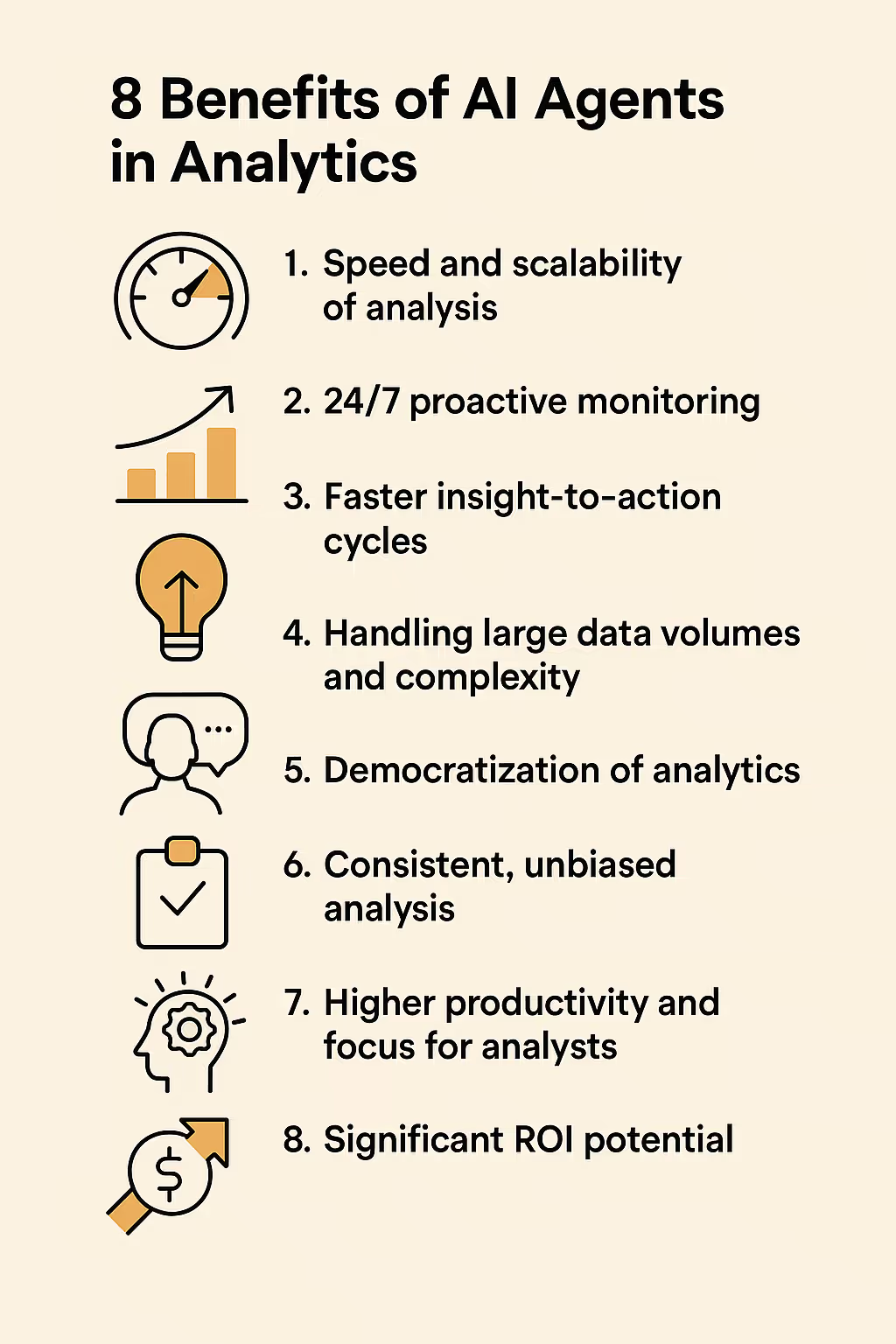
Why all the buzz about AI agents? Because they address some long-standing pain points in data analytics and unlock new levels of efficiency and insight.
1. Speed and scalability of analysis
AI agents can sift through massive datasets in minutes and surface insights far faster than traditional methods. Routine analyses (like generating a daily KPI report) that might have taken an analyst several hours each time can be handled by an agent in seconds, on demand. This speed means businesses can react in near-real-time.
2. 24/7 proactive monitoring
Because agents don’t sleep or take breaks, they can work continuously. They monitor your data streams around the clock and catch things immediately. This always-on vigilance provides a safety net: your “digital analyst” is always at work.
3. Faster insight-to-action cycles
Agents help close the gap between finding an insight and taking action on it. Traditional analytics often stops at insight (“sales are down 5% this week”) and then it’s up to a person to decide what to do. AI agents can go further by recommending next steps or even automating them. They focus on outcomes, not just outputs.
4. Handling large data volumes and complexity
With data growing exponentially, AI agents offer a way to scale analytics without linear growth in human analysts. They can integrate data from many sources and consider far more variables than a person realistically could. Agents don’t get overwhelmed by data; in fact, they thrive on it. More data can even make them more accurate (thanks to machine learning). This means organizations can actually leverage those petabytes of logs and records that mostly sit unused today.
5. Democratization of analytics (data accessibility)
By enabling natural language interaction (as with interactive agents), AI agents make data querying and analysis accessible to non-analysts. A salesperson or a marketing manager can ask data questions and get answers directly, rather than waiting in a queue for the BI team. This self-service capability can improve data-driven decision making across the organization.
6. Consistent, unbiased analysis
Humans are subject to fatigue, cognitive bias, or error: an AI agent is not. It will execute the analysis consistently every time. It’s not going to fat-finger a spreadsheet formula or unconsciously favor a narrative. If set up correctly, agents can actually help reduce bias by evaluating data purely on signals. (Of course, one must ensure the data itself isn’t biased: more on that later.)
7. Higher productivity and focus for analysts
By automating the repetitive and laborious parts of analytics, AI agents free human analysts and data scientists to focus on higher-value work. No more slogging through SQL joins or updating the same report every week: your AI agents handle those tasks. Analysts can spend their time on strategy, on interpreting the why’s and so-what’s of insights, and on tackling the more novel or complex questions that truly require human creativity.
8. Significant ROI potential
Ultimately, all these benefits translate to business impact: faster decisions, avoided losses, seized opportunities, and efficiency gains. McKinsey research has pointed to significant economic value creation from AI-driven analytics initiatives.
While exact ROI varies, the fact that Gartner projects autonomous and intelligent systems to influence half of decisions by 2027 indicates a belief that this trend will materially boost performance for adopters.
However, there’s no real benefit in using AI agents if they’re not designed to be secure.
Agentic AI analytics risks and mitigation strategies
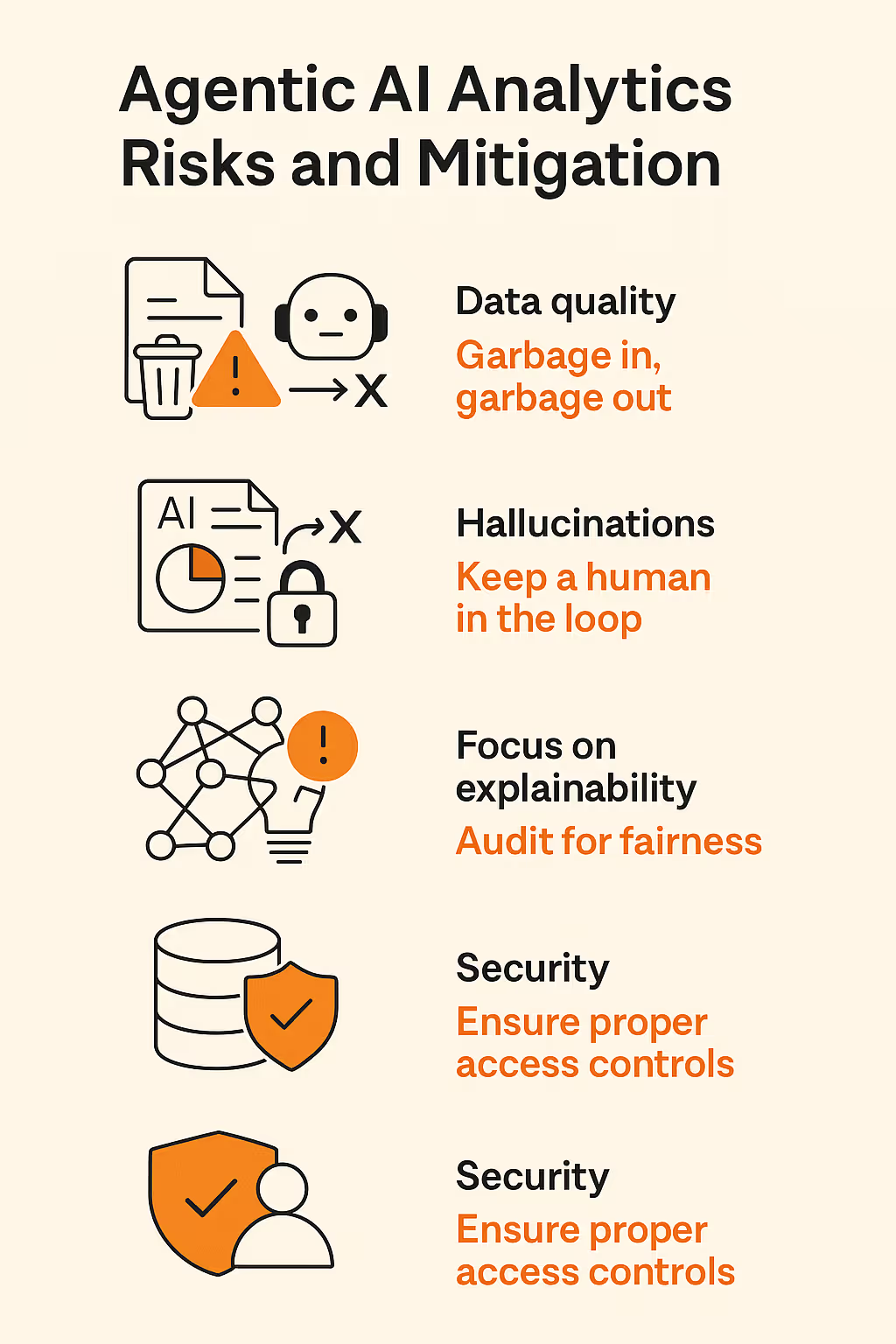
As with any powerful technology, there are risks and pitfalls to navigate. Here are some key risks in agentic analytics: and ways to mitigate them so you can reap the rewards safely:
1. Data quality and “garbage in, garbage out”
An AI agent is only as good as the data you feed it. If your underlying data is inaccurate, incomplete, or biased, the agent will merrily churn out flawed insights (only faster!). As the saying goes, garbage in, garbage out. In fact, many early failures with analytics bots stem from them picking up on data errors or inconsistencies and amplifying them.
AI agents are only as powerful as the data foundation you give them. If your data is messy, you’ll just automate bad decisions faster.
~ Tarush Aggarwal, CEO at 5X
How to Get Your Data Ready for AI
Mitigation: Invest in data quality and observability. Make sure you have robust data cleaning, validation, and governance processes. Implement automated data quality checks: some AI agents can even be assigned to handle this as a preliminary task. Maintain a strong data catalog or semantic layer that defines a “source of truth” for metrics.
2. Hallucinations and incorrect analysis
AI agents (especially those using generative AI or LLMs) can sometimes “hallucinate”: i.e., produce answers that sound confident but are plain wrong or statistically invalid. Even analytic agents based on deterministic code can make mistakes if the logic is flawed or they encounter an edge case. The risk is that, if unchecked, an agent might send a misleading insight or take a wrong autonomous action.
Mitigation: Keep a human in the loop for critical analyses, at least initially. You can have agents draft insights or recommendations, but route them through an analyst for review, especially if high-stakes decisions are on the line. Build in safeguards in the agent’s code: for example, require certain confidence thresholds to be met, or have the agent attach the supporting data/logic for any claim it makes so it can be audited.
3. Lack of interpretability & trust
If an AI agent delivers an insight, will your stakeholders trust it? Many business leaders might be skeptical of a “black box” recommendation that doesn’t show how it arrived at that conclusion. Transparency is a challenge: complex AI models can be hard to interpret. If users don’t trust the agent’s outputs, they won’t use them, negating the value.
Mitigation: Focus on explainability in your agent design. Ensure the agent can show its work: which data sources were used, what logic or model was applied, and why it’s concluding what it is. Even a simple step-by-step explanation or an attached chart can boost trust.
Nearly everything today—from the way we work to how we make decisions—is directly or indirectly influenced by AI. But it doesn’t deliver value on its own. AI needs to be tightly aligned with data, analytics and governance to enable intelligent, adaptive decisions and actions across the organization.
~ Carlie Idoine, VP Analyst at Gartner
Gartner Announces the Top Data & Analytics Predictions
4. Bias and fairness
AI agents can inadvertently perpetuate biases present in historical data or in their algorithms. For example, if an agent is used in HR analytics, it might, without safeguards, suggest practices that mirror past biases in hiring or promotion data. Or an agent might prioritize sales leads in a way that underserves certain customer segments if the training data was skewed.
Mitigation: Actively audit your AI agents for bias. This might involve testing the agent’s outputs with different subgroups or synthetic scenarios to see if it behaves equitably. Incorporate bias detection tools or checks into the agent’s development.
5. Security, privacy, and compliance
By design, AI agents often need broad access to data across systems to do their job. This raises concerns: could an agent inadvertently expose sensitive data? Could it act in ways that violate compliance rules or privacy laws (like GDPR)? If the agent connects to external tools (APIs, etc.), are there vulnerabilities?
Mitigation: Treat your AI agents as you would a powerful service account or privileged user in terms of security. Enforce role-based access controls: the agent should only fetch data it’s permitted to see. Use anonymization or aggregation when possible if the agent doesn’t need row-level PII data. Log everything the agent does (data accessed, analyses run, results delivered) for auditability.
Why your data foundation decides the future of AI agents
AI agents are not a magic switch you flip on. They’re accelerators that amplify whatever foundation you’ve built.
With a clean, governed, and integrated data platform, agents become tireless teammates delivering real-time, actionable insights. Without it, they risk becoming noise machines, automating bad inputs into worse outputs.
For early-stage enterprises racing from Seed to Series C, this distinction is everything. You need speed without shortcuts, autonomy without chaos, and innovation without vendor lock-in. That’s why the modern data foundation matters more than any single AI tool.
This is exactly where 5X comes in. Built on open-source technologies, 5X gives you:
- No vendor lock-in: your data, your choice of cloud and warehouse
- Enterprise-grade governance: security, lineage, and compliance built in
- Faster time-to-value: launch production-ready AI workflows in weeks, not years
- Simple licensing: predictable pricing instead of runaway consumption bills
If you’re serious about building a data function that scales with your business, now is the time. See how organizations are already using 5X to unlock agentic AI.
FAQs
Is there any AI for data analysis?

What are AI agents for data analytics?

How do AI agents differ from traditional BI tools?

What do companies need before adopting AI agents?

Building a data platform doesn’t have to be hectic. Spending over four months and 20% dev time just to set up your data platform is ridiculous. Make 5X your data partner with faster setups, lower upfront costs, and 0% dev time. Let your data engineering team focus on actioning insights, not building infrastructure ;)
Book a free consultationHere are some next steps you can take:
- Want to see it in action? Request a free demo.
- Want more guidance on using Preset via 5X? Explore our Help Docs.
- Ready to consolidate your data pipeline? Chat with us now.
Get notified when a new article is released
Skip the setup. scale with AI agents
Skip the setup. scale with AI agents

How retail leaders unlock hidden profits and 10% margins
Retailers are sitting on untapped profit opportunities—through pricing, inventory, and procurement. Find out how to uncover these hidden gains in our free webinar.
Save your spot






%201.svg)
.png)
